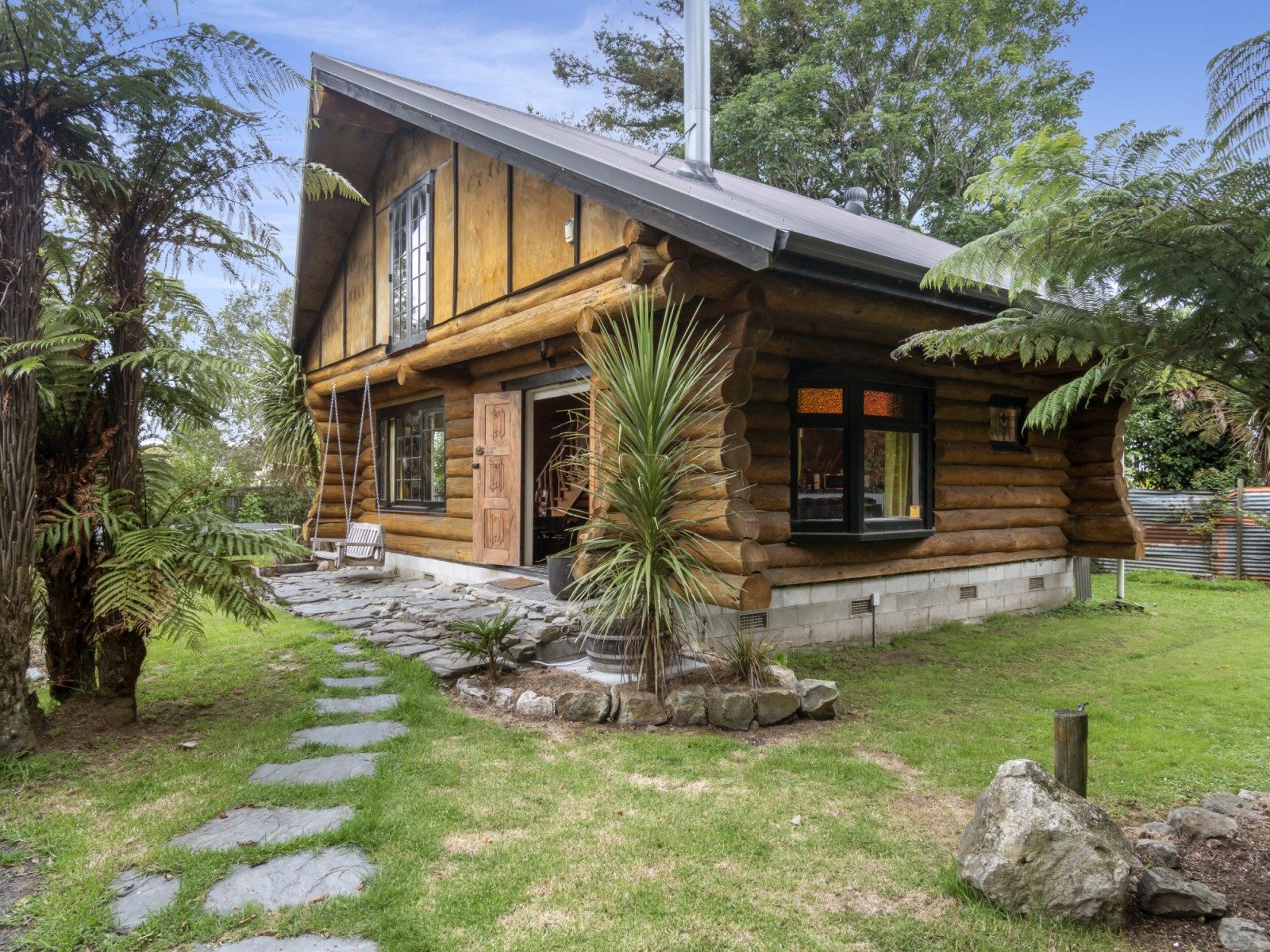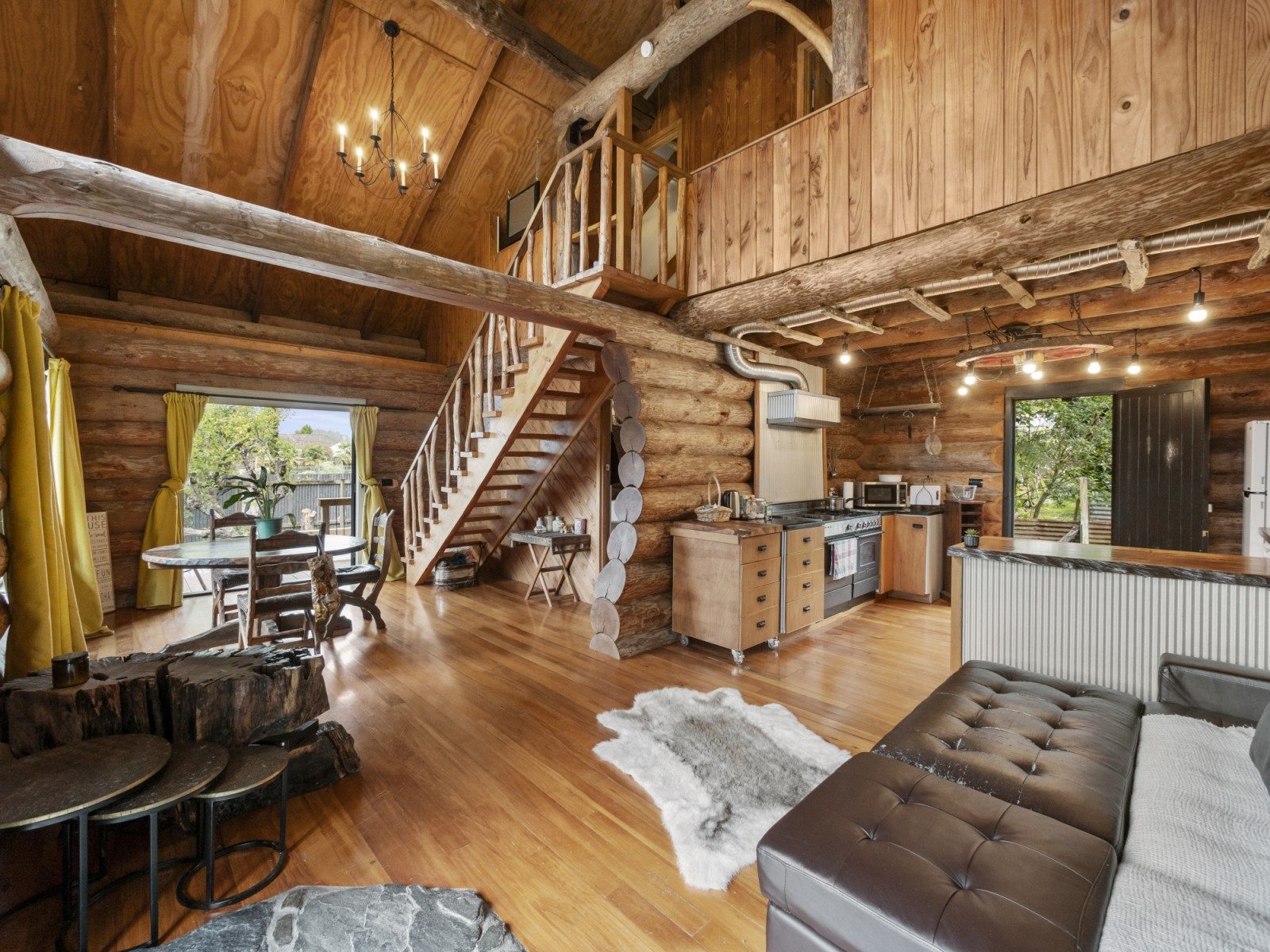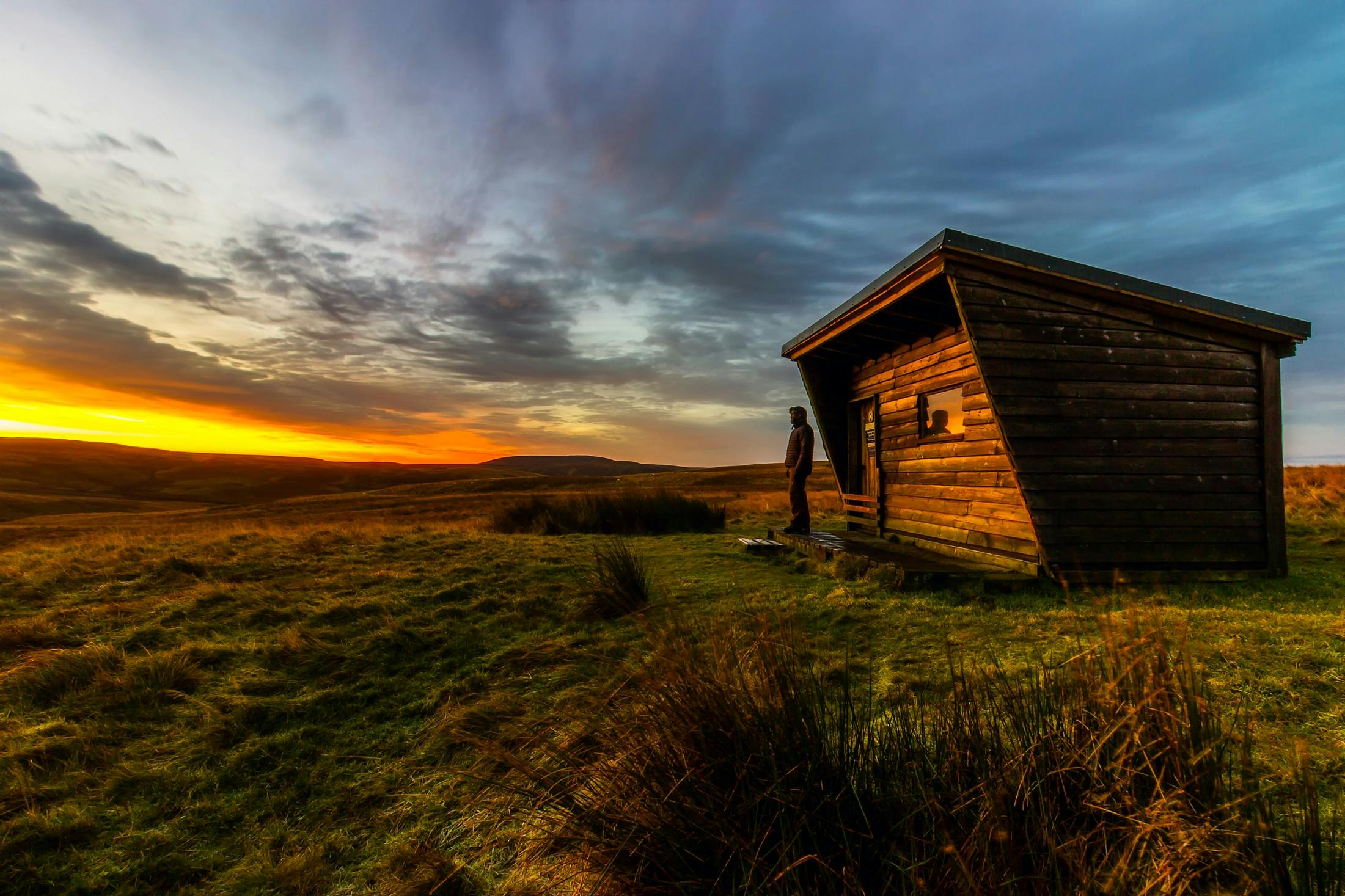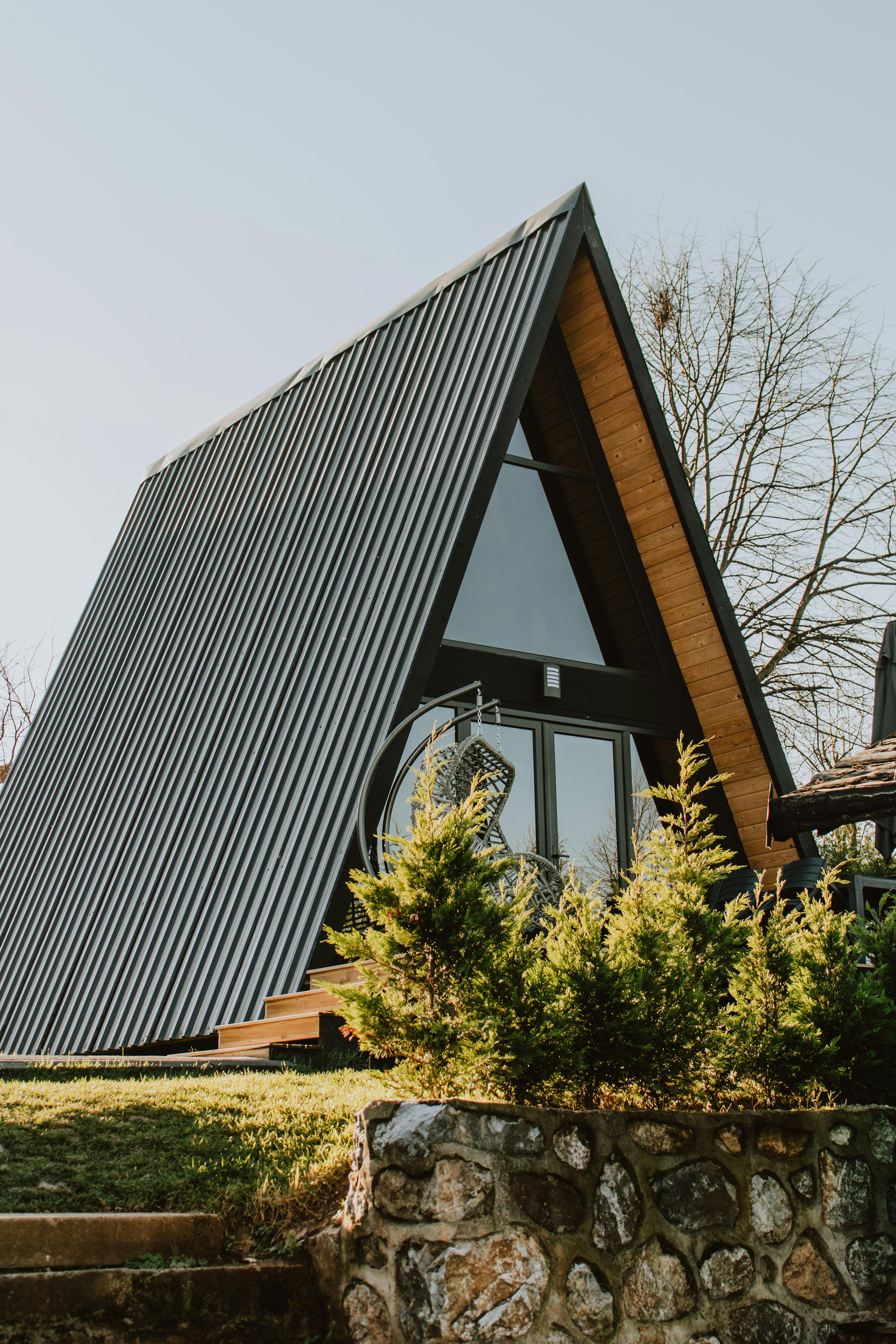Feature article
Why contemporary log houses are ticking all the boxes
5 reasons you should consider building a log house.

We Kiwi have a long history of embracing solid timber architecture, with companies such as Lockwood designing and building solid timber homes in Aotearoa for more than 70 years.
While we may be used to the concept, an aesthetic that we haven’t embraced until recently, is the Log House. Common throughout North America and Canada as well as Scandinavia and Eastern Europe, log houses have been built for more than five thousand years, with Roman architect Marcus Vitruvius Pollio making mention of the style in his treatise, De Architectura in around 30 BC.
One of the reasons for the style’s enduring character, along with its distinctive look, is that it is highly adaptable, suiting everything from a simple log cabin through to houses more akin to a large, luxurious hunting lodge.
Aside from their unique aesthetic and adaptability, there are a number of reasons why you should consider building a log house.
Cover image: Log house at 11 Banks Street, Waihi, Hauraki, Waikato
Inside the log house at 11 Banks Street, Waikato
1. Excellent insulative qualities
In New Zealand, recent updates to insulation R-Value requirements mean that new homes must have a wall R-Value of 2 or higher. In the case of log houses, the incredible thermal mass of solid timber means that the R-value of your log house could be as much as 8 — depending upon the size and species of timber used — keeping your home warmer in winter and cooler in summer.
2. Fire resilience
While it may sound oxymoronic to say that a timber house has great fire resistance, it’s true. Basically, the same factors that make a log house thermally superior are responsible for its ability to resist fire — a combination of the insulating properties and the construction technique, which does away with the cavities of traditional construction, through which fire can spread.
3. Earthquake resilience
Many building owners — both residential and commercial — in New Zealand have been faced with hefty building remediation costs following the Christchurch earthquakes as local authorities and central government move to bring earthquake codes up to date. Because trees have high structural integrity, they provide excellent resilience during an earthquake event, being able to flex with the movement before returning to their original position, without breaking.
4. Durability and ease of maintenance
The right design — which includes wide overhangs that not only protect the walls of your log house but result in deep verandahs, and who doesn’t love a deep verandah — coupled with regular maintenance checks for surface deterioration, means the lifespan of your log house can exceed 100 years, more than enough time for your family to enjoy the experience living in such a home provides.
5. Contemporary log house design
If the performance stats of a log house sound right up your alley but the aesthetics are less to your taste, then don’t despair, there are a number of solid timber home builders in New Zealand who are building homes that look similar to the weatherboard style we grew up with and love, but that still have all the benefits of a log house. Also, your own wee cabin — or hunting lodge — can be anything you want it to be on the inside, the choice is yours.
Design and functionality, your typical log house has it all, so if you’re considering your next home build, talk to someone who has experience in building log houses and you may just be swayed into undertaking your own solid timber build.
Author
Discover More
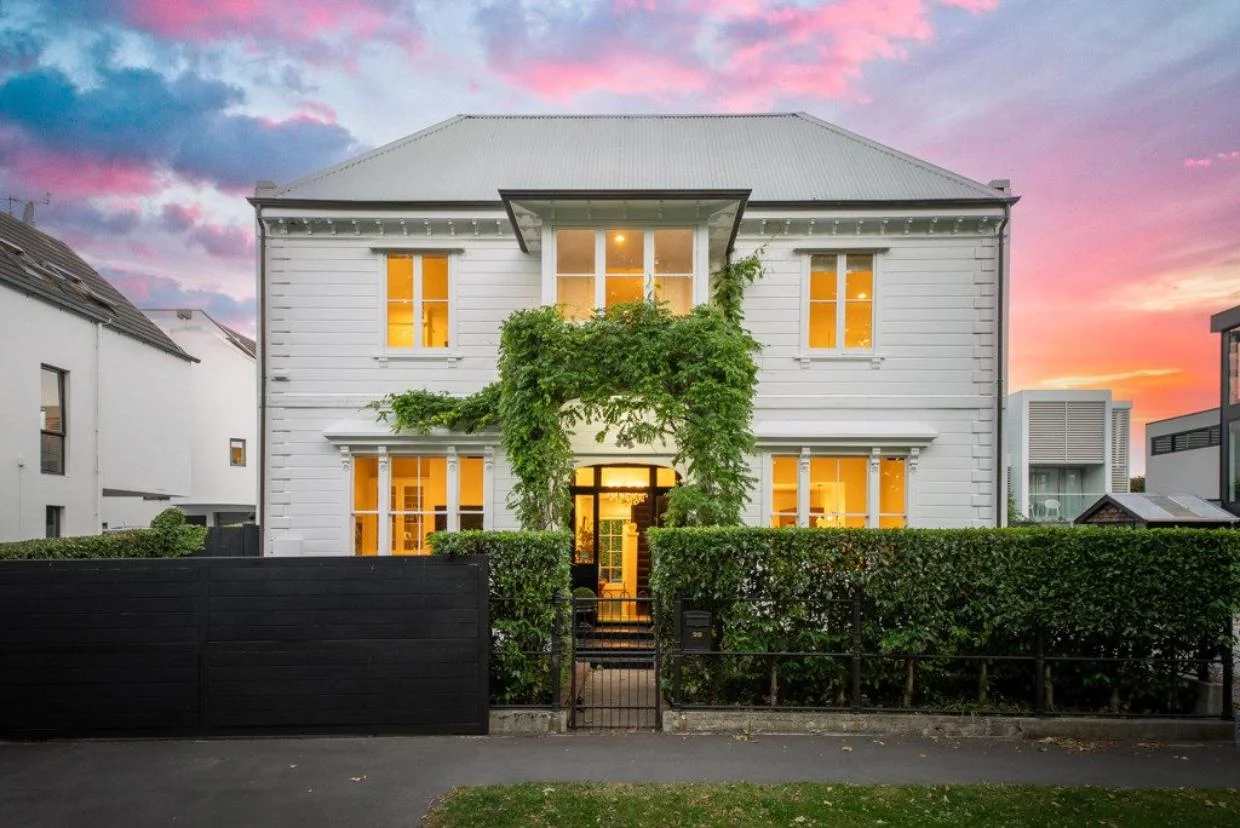
1800s landmark Christchurch house looking for new owners
A post-earthquake makeover has restored the splendour of this landmark house in Christchurch, which is for sale.
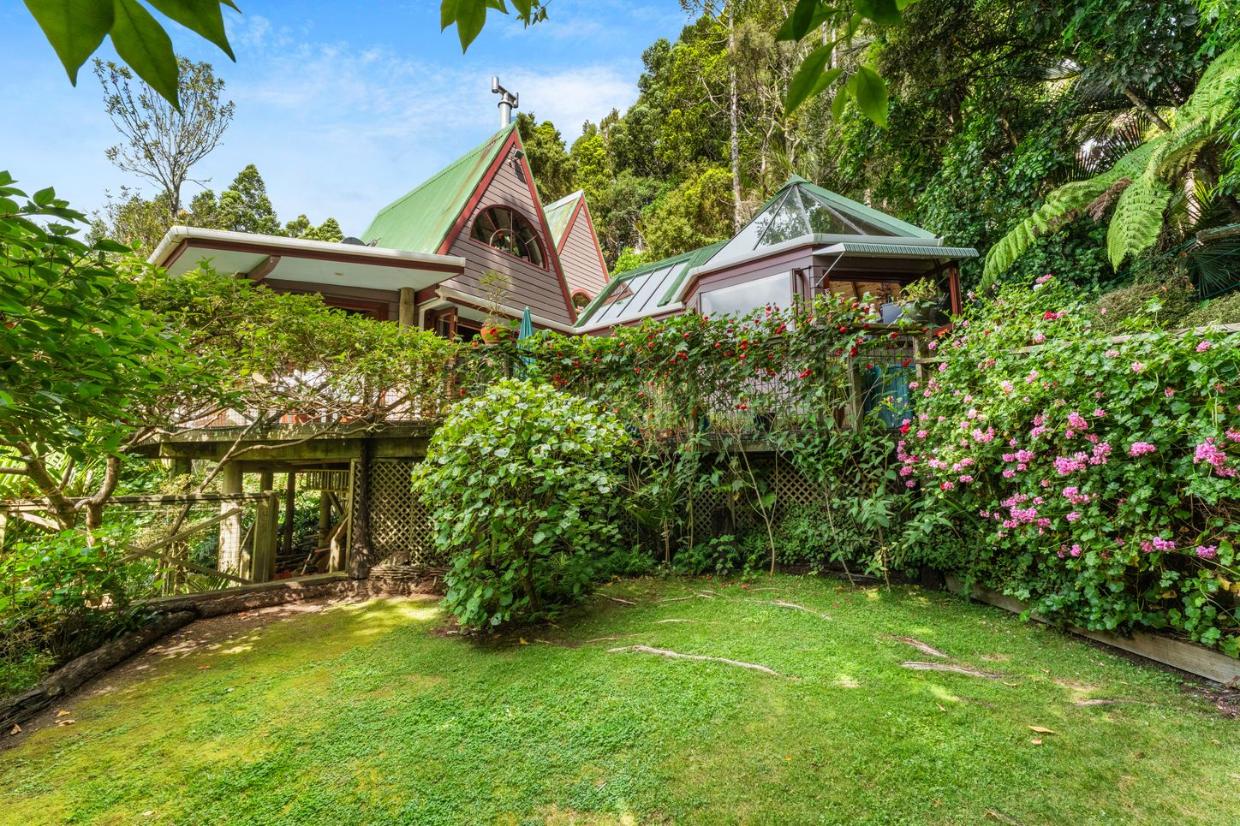
Bush, birds and views for miles - Auckland home with hectare of land hits the market
If an Auckland bush retreat is on your wishlist, look no further.
Search
Other articles you might like
